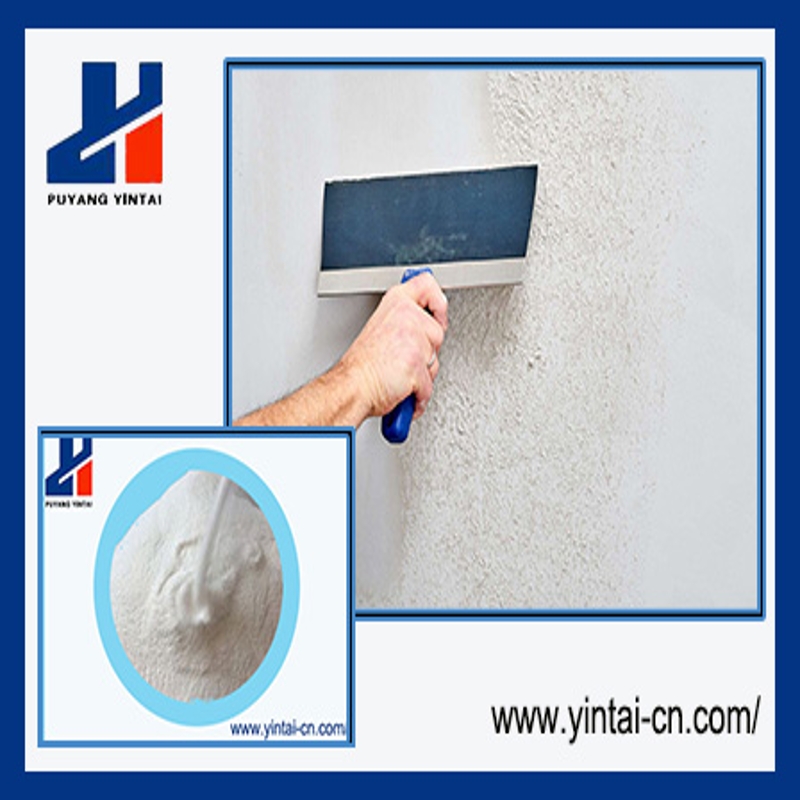-
Categories
-
Pharmaceutical Intermediates
-
Active Pharmaceutical Ingredients
-
Food Additives
- Industrial Coatings
- Agrochemicals
- Dyes and Pigments
- Surfactant
- Flavors and Fragrances
- Chemical Reagents
- Catalyst and Auxiliary
- Natural Products
- Inorganic Chemistry
-
Organic Chemistry
-
Biochemical Engineering
- Analytical Chemistry
- Cosmetic Ingredient
-
Pharmaceutical Intermediates
Promotion
ECHEMI Mall
Wholesale
Weekly Price
Exhibition
News
-
Trade Service
7 Measurement procedure
7.
7.
Install and condition the chromatographic column in the chromatograph according to the operating instructions of the instrument
7.
a) Preparation of standard samples
The liquid standard sample with known hydrocarbon impurity content can be purchased from the market with a certified standard sample or prepared by the gravimetric method.
b) According to the requirements specified in 9.
7.
Use a sampling device that meets the requirements of 5.
7.
Calculate the content of each impurity and the purity of butadiene according to the calibration area normalization method, and use other standard methods to measure the total amount of impurities such as butadiene dimer, carbonyl compound, polymerization inhibitor and residue Normalize this result again
Where:
w—the content of impurity i in the sample or the mass fraction of butadiene, expressed in %;
R i —the quality correction factor of impurity i or butadiene;
A i —the peak area of impurity i or butadiene in the sample;
W ' I - mass fraction of the total amount of impurities of other methods of determination, expressed in%
7.
7.
The difference between the peak areas of two repeated measurements of the external standard should not be greater than 5% of the average value, and the average value shall be used for quantitative calculation
7.
Calculate the impurity content of each sample, and the calculation formula is shown in formula (2)
Where
w i —the mass fraction of impurity component i in the sample, expressed in %;
w is —the mass fraction of component i in the external standard sample, expressed in %;
A s —The peak auto-product of component i in the external standard sample;
R s — mass correction factor of component i in the external standard sample;
A i —the peak area of impurity component i in the sample;
R i —the quality correction factor of impurity i,
The purity of butadiene is calculated by subtraction method, and the calculation formula is shown in formula (3)
.
w p =100.
00-∑w i -w' i .
.
.
.
.
.
.
.
.
.
.
.
.
.
.
.
(3)
Where:
w p —the mass fraction of butadiene, expressed in %;
w i —the mass fraction of hydrocarbon impurity component i in the sample, expressed in %;
W ' I - impurity content measured by other methods, expressed in%
.
8 Expression of analysis results
8.
1 For any sample: the numerical value of the analysis result shall be rounded according to the provisions of GB/T8170, and the arithmetic average of the two repeated determination results shall be used to express the analysis result
.
8.
2 Report the mass fraction of each impurity, which should be accurate to C.
0001%
.
8.
3 Report the mass fraction of butadiene, which should be accurate to 0.
01%
.
9 Repeatability
In the same laboratory, the absolute difference between the two independent test results obtained by the same · operator using the same equipment · following the same test method and testing the same · tested object independently of each other in a short time is not greater than the following repetitions Repetitive limit (r), exceeding the repeatability limit (r) does not exceed 5%
.
10 reports
The report should include the following:
a) All information about the sample, such as sample name, batch number, sampling location, sampling date, sampling time, etc.
;
b) Number of this standard:
c) Analysis results;
d) Details and descriptions of any abnormal phenomena observed in the measurement;
e) the name of the analyst and analysis date
.
Related links: Determination of purity of butadiene for industrial use and determination of hydrocarbon impurities by gas chromatography (2)







